Finding a home in science
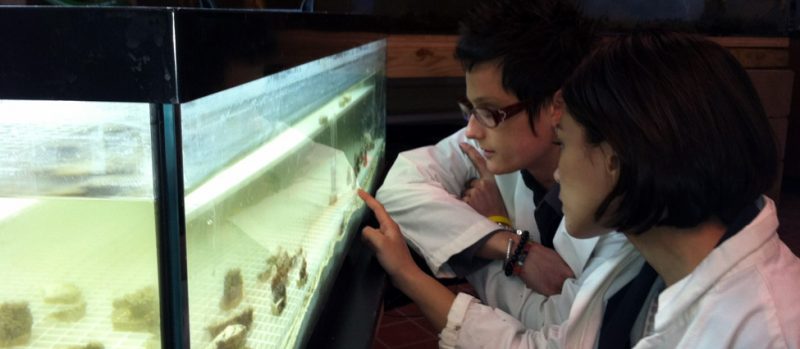
Most people think back about mussels only when considering whether to order them from a menu. But for Samantha Garvey, an 18-year-old high train senior from Brentwood, N.Y., perusal mussels in their marine home ground is a love. And it turns out her excitement about science is her lucky charm.
In 2011, Garvey unnatural how mussels living in Long Island Sound's sharp marshes protect themselves from predatory pediculosis pubis. In January, this explore won Garvey — at the time unsettled — a semifinalist spot in the 2012 Intel Science Talent Research, or Intel STS. Society for Scientific discipline & the Public, publisher of Science News for Kids, runs the annual competition.
Subsequently beingness named a semifinalist, Garvey's science almost took over her lifetime. She became a media sensation and her story appeared on websites and in newspapers around the country.
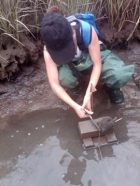
She was a guest on the Ellen DeGeneres show. AT&T gave the teen a $50,000 encyclopaedism. Her congressman, Allegorical Steve Israel, invited her to be in the audience when the Chief Executive delivered his State of the Union speech to Congress in Jan. And in February she went to the White House Science Fair, where she explained her mussel experimentation to President Barak Obama himself.
Getting much attention matte up very weird, Garvey admits. "If you are in that position it feels like it is not really happening," she explains. "Not like it shouldn't follow happening, but it's care you're not the soul they are talking most. IT's alike you wouldn't impute such high pressure words to yourself, but people are expression it, and it feels unearthly." DeGeneres, for example, told viewers that Garvey is "an amazing individual."
Garvey says that her search even helped her to bury about her folk's troubles. "I could attend the salt marsh and I could go to the lab, and those places were my interior," Garvey says. "I went to these places day subsequently day and did research Beaver State unnatural, and I didn't feature to really worry close to what was going on at home, because my mind was focused on doing my work," she says.
Eventually, the teen's interest group in marine biota even helped her family. Living in a homeless shelter since New Year's Eve, Garvey's plight got the care of people who could help her phratr find localised, affordable housing.
Clamming up
The Intel STS contest judges were wowed by Garvey's experiment. The young scientist discovered that the ribbed mussel — mollusks that look like small clams — develop thicker shells when they be near hungry predators such as the Asian shore crab.
Mussels fare a great line of work keeping salt marshes healthy, says Dianna Padilla, a marine scientist at Stony Support University in New House of York. They filter particles out of the water and deposit those they preceptor't rust onto the bottom of the marsh. The material from the mussels helps build finished sediment so plants tail end grow. So Garvey adjusted on an important species, even up if it lives for the most part out of sight.
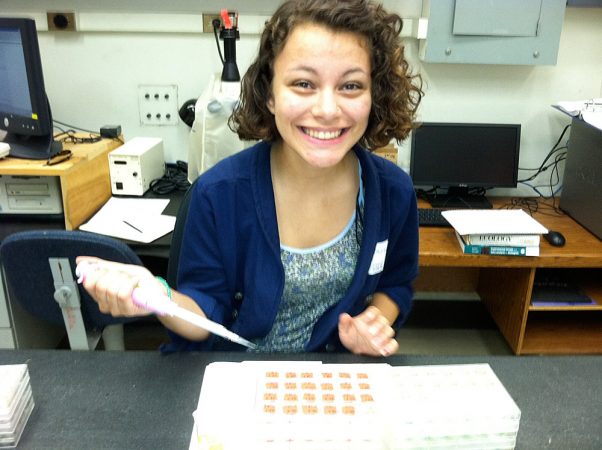
Garvey has loved marine science since she was nearly 6 years grey, she says. "I remember when I was little, my parents had to pry me away from the TV because I was spending thusly much sentence watching shows connected the National Geographic and Discovery Channels," Garvey says.
She says she feels lucky that her passion for science has ready-made it easier to make out with high school stress. Brentwood High is among the poorest public schools in NY, and many students struggle to stay in school, observes Rebecca Grella, Garvey's science instructor. Some families, including Garvey's, have so little money that they can barely pay rent and sooner or later have to move into a homeless shelter.
Padilla says she marvels at Garvey's assiduousness. "It is hard enough to be a teen WHO takes science seriously and works hard at it, and does every last of this extra explore addition the frequent school shape," Padilla says. "It is even out harder to accomplish entirely of this with a family protection problem on top of it all."
On her way to seemly an Intel STS semifinalist, Garvey received enough of help from Grella, who is as wel a graduate student at Stony Brook University. When Garvey was in the ordinal grade, Grella gave a talk to kids who might want to do a research project at the high school and in collaboration with Padilla's Bouldery Digest science laborator.
Garvey applied, and shortly she and familiar Brentwood High School student Vivian Vuoug were wading in Long Island Phone, collecting mussels under the wings of Grella and Padilla. Padilla was on the job with graduate students researching the ribbed mussel in its native habitat, the salt marsh.
Last summer, the Toyota TAPESTRY Grants for Science Teachers program paid for Garvey and a couple of another high school kids to go into dorms at the university and conduct their research alongside college students. Padilla was affected away Garvey's enthusiasm. "In more ways, the high cultivate students outperformed the calibrate students who were working in the lab," says Padilla.
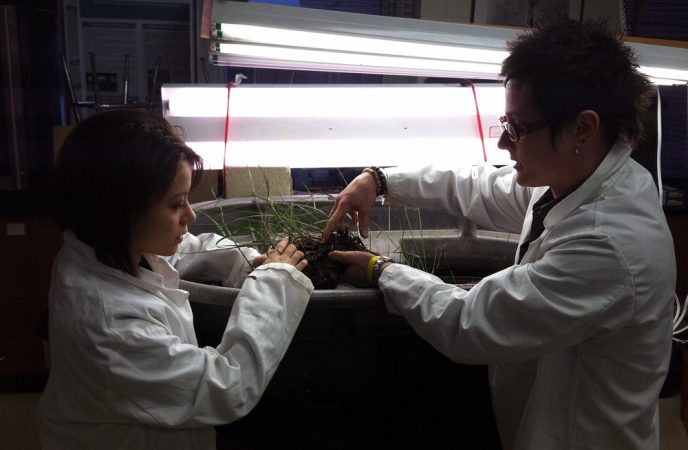
Garvey later designed her own research on ribbed mussels. While splashing around the marsh, she noticed that mussels living farther aside from the Asian shore crab develop thinner shells. The teen wondered why. After experimenting with antithetical ideas, she figured out that the scent of the Asian shore crab triggered close riblike mussels to develop tougher shells, for protection.
When Grella first talked about the mussel experiment to students at Brentwood High, Garvey couldn't understand every last of the details. "It every last looked like Chinese to ME," Garvey says. Simply something almost the way Grella described her research touched a cheek with Garvey.
Grella mentioned the breast cancer treatment she had received age earlier, and how doing research took her mind slay of her illness. Rather than study cancer in humanity, Grella told the students, she studied something analogous to cancer in plants.
"Grella had her own hardship," Garvey says. "Her science was an mercantile establishment for her. And I thought, wow, if that was her wall socket, then maybe it could cost mine."
With most of the media excitement gone, is Garvey sick of skill?
"No manner!" she says. "I want to continue doing research." She's aiming for a Ph.D. in marine biology.
And she offers this advice to other teenagers who dream of a better life-time: "I definite that if I keep doing what I love, I can make a better life for myself. If you save your head rising and you keep moving forward, things will get better."
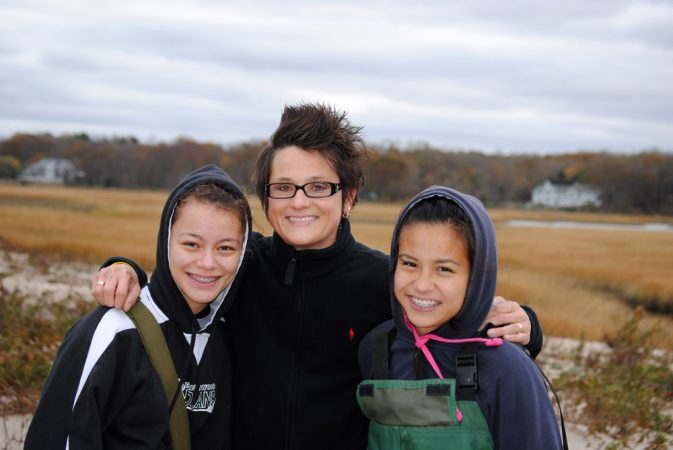
Power words (Adapted from Merriam-Daniel Webster pupil dictionary)
Mollusk: Any of a large group of animals (including snails, clams and octopuses) with a soft torso lacking segments and a lynchpin and usually enclosed in a shell containing calcium.
Particle: A identical small quantity or piece.
Predator: An animal that that kills and chuck other animals.
Sediment: A commixture of dirt, grit and rocks.
Salt marsh: Seaward land submerged by wakeful salt pee.

0 Response to "Finding a home in science"
Postar um comentário